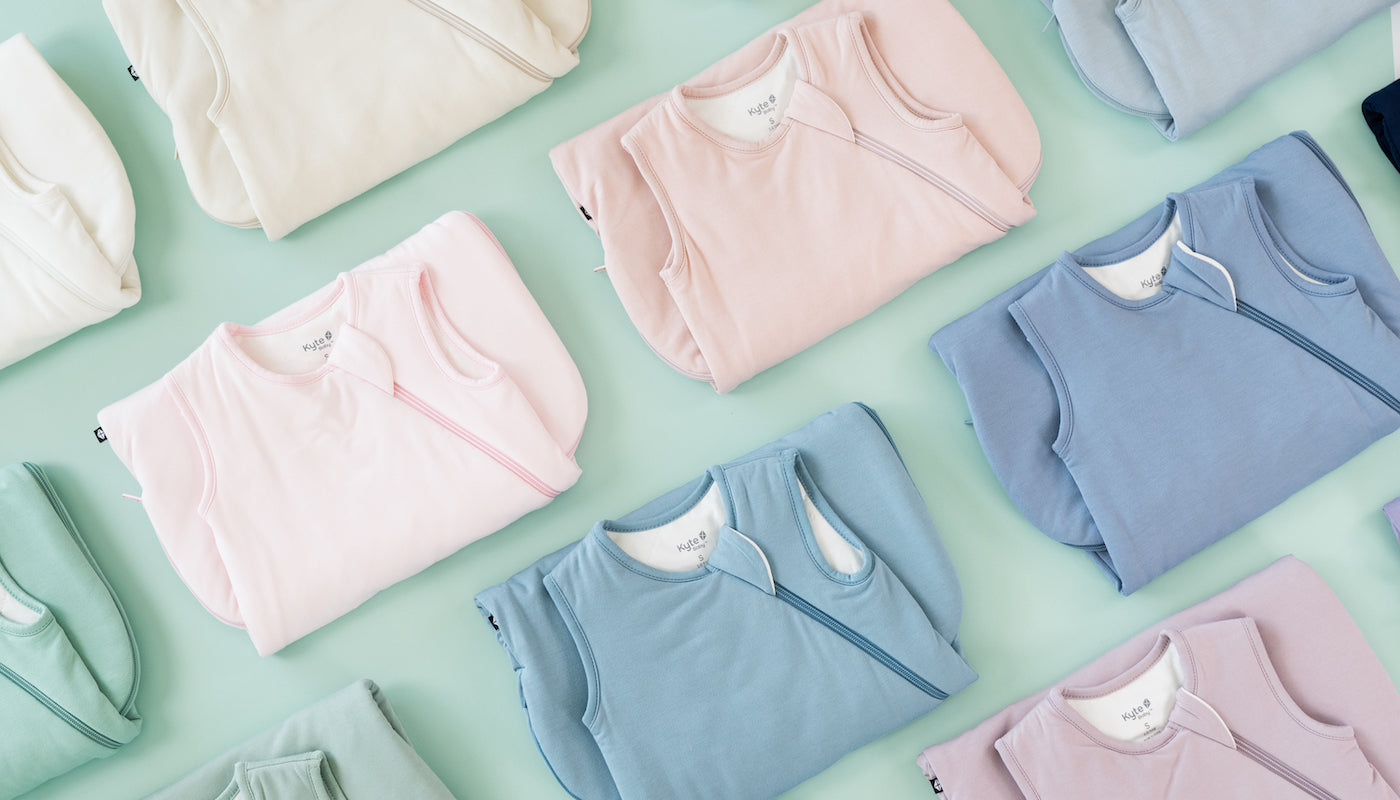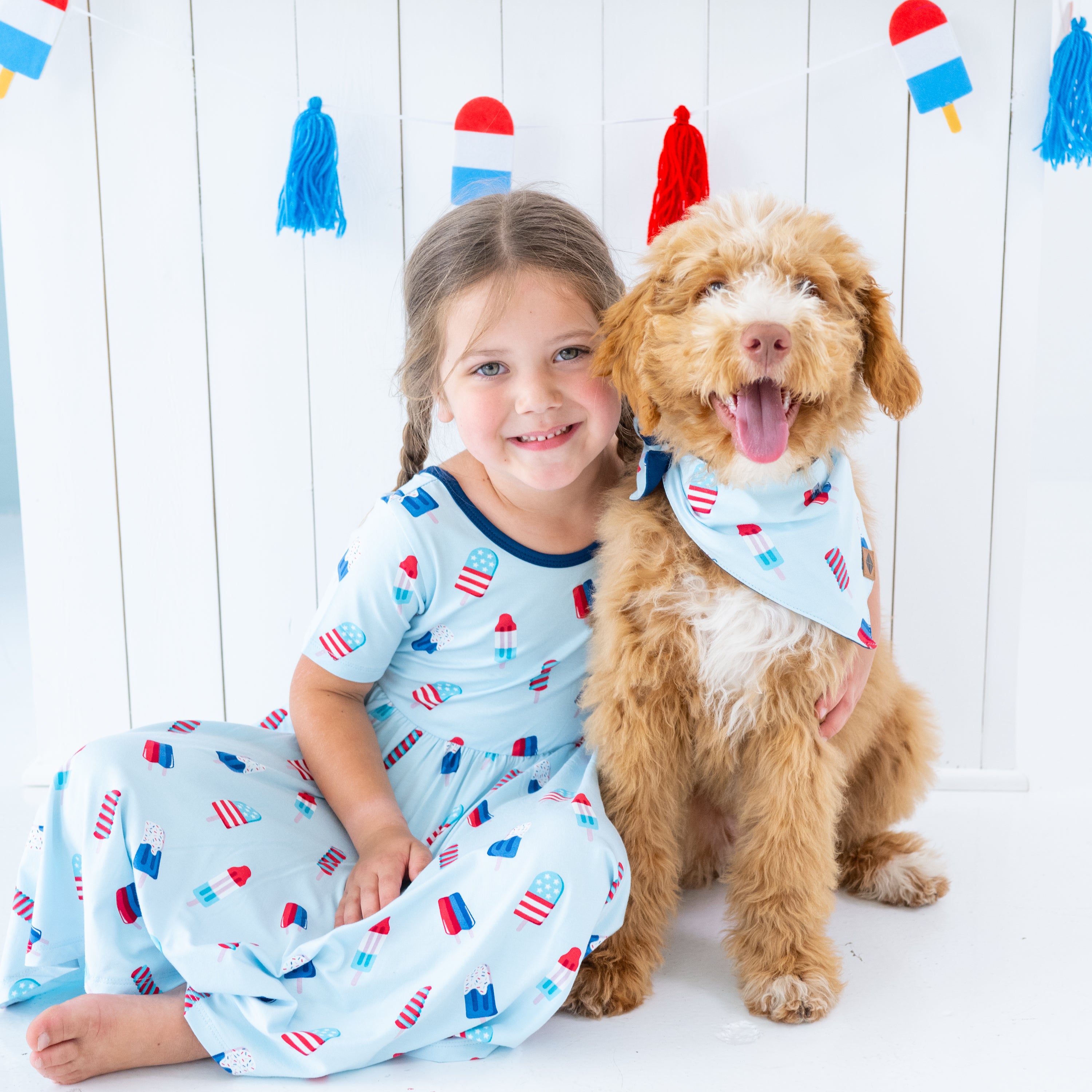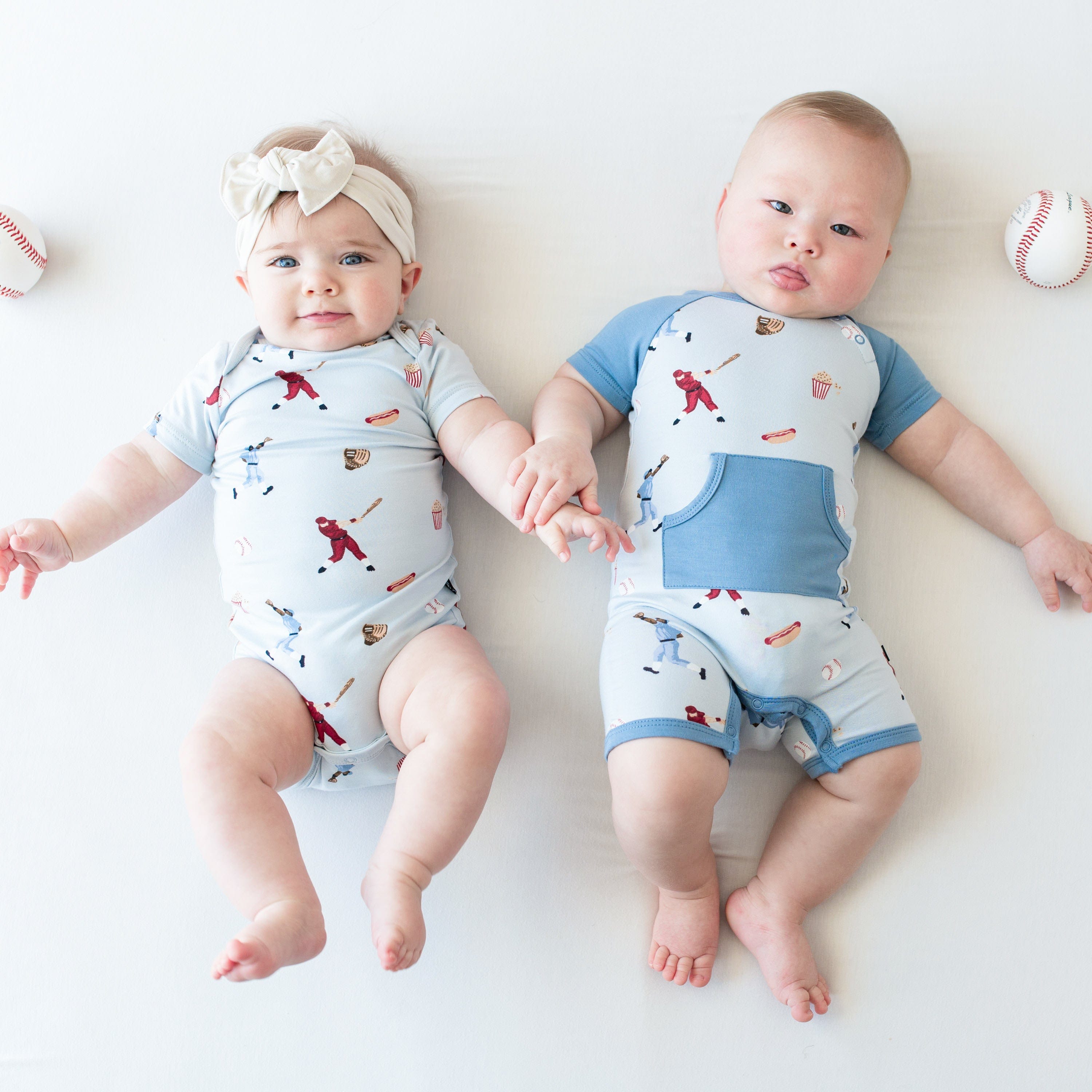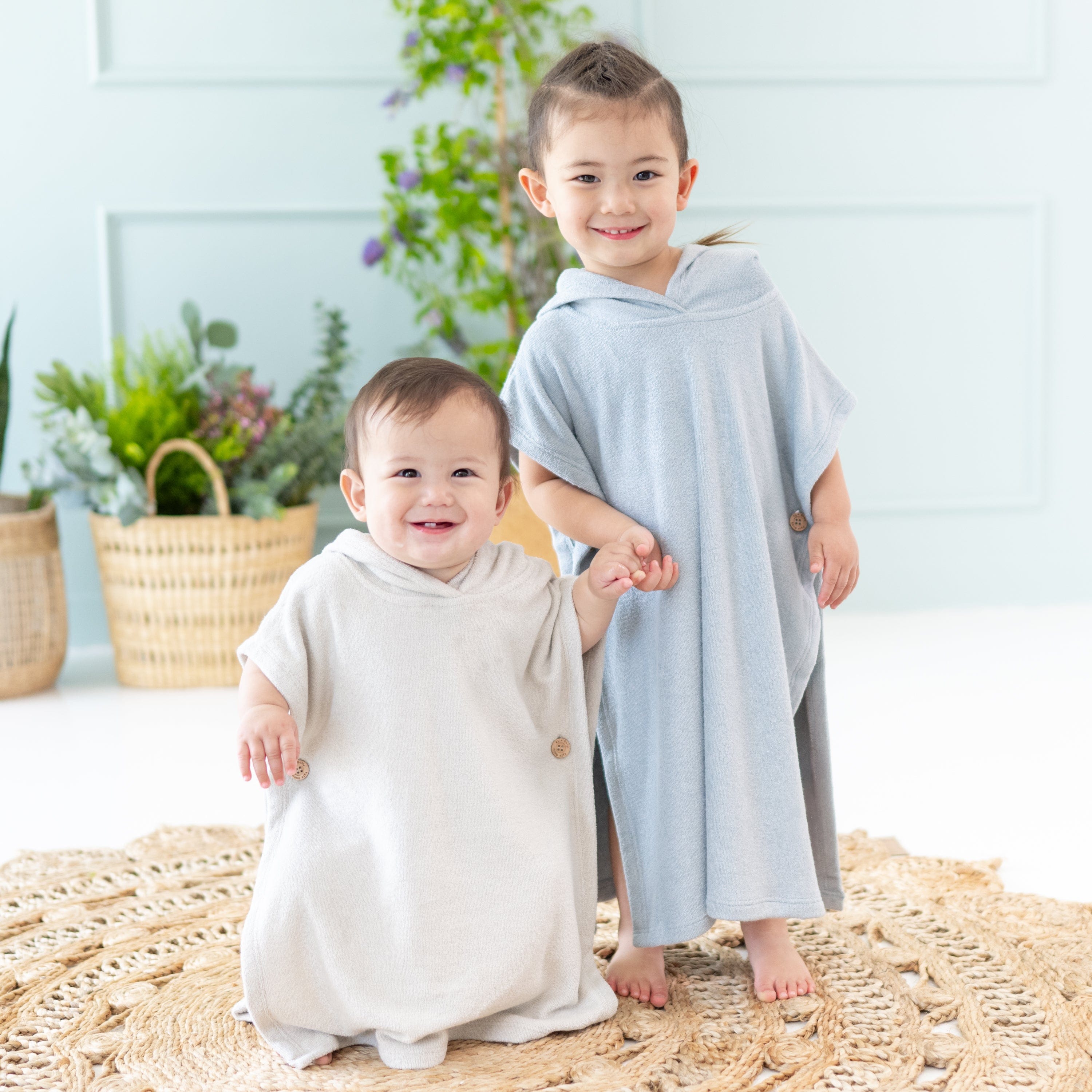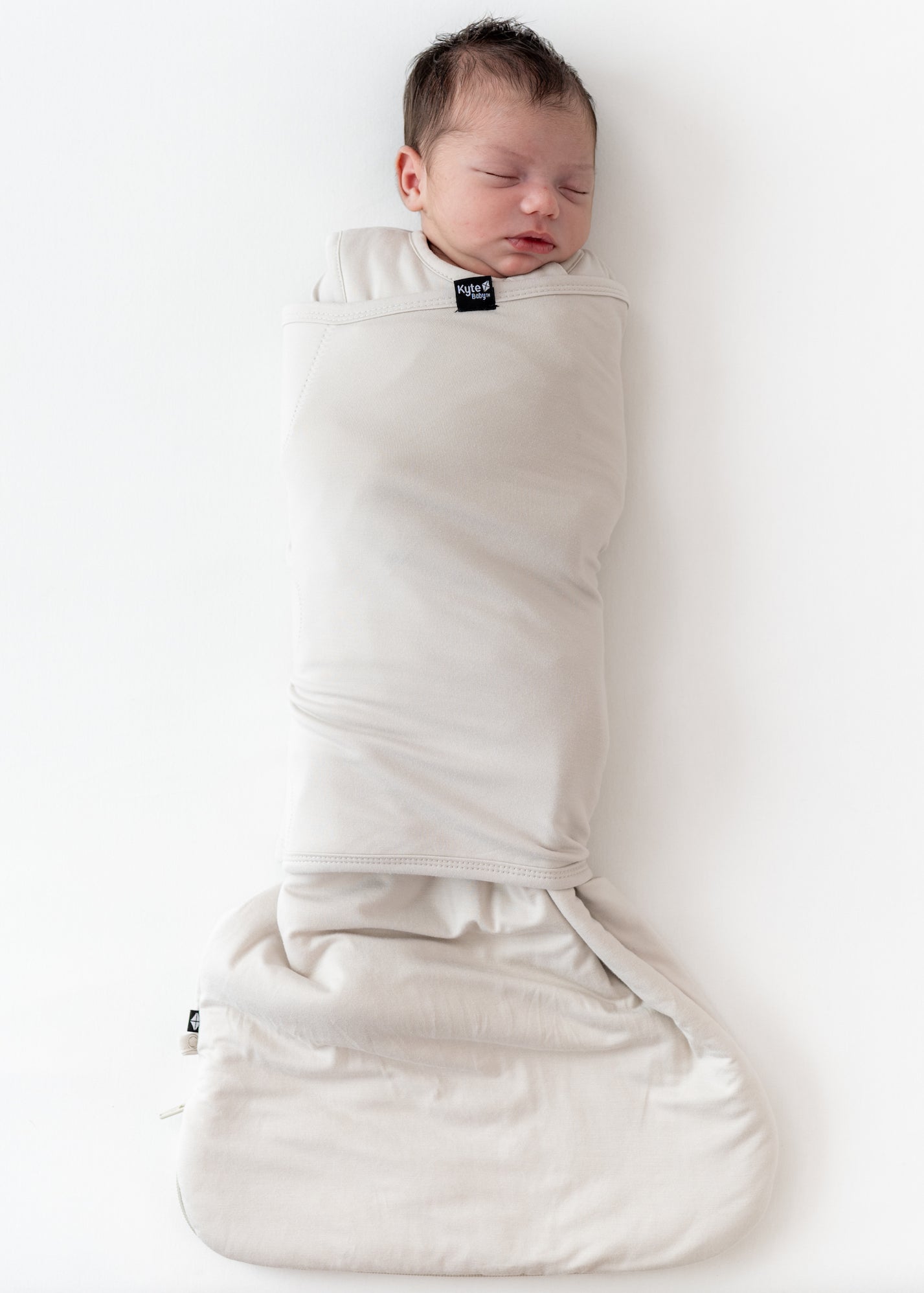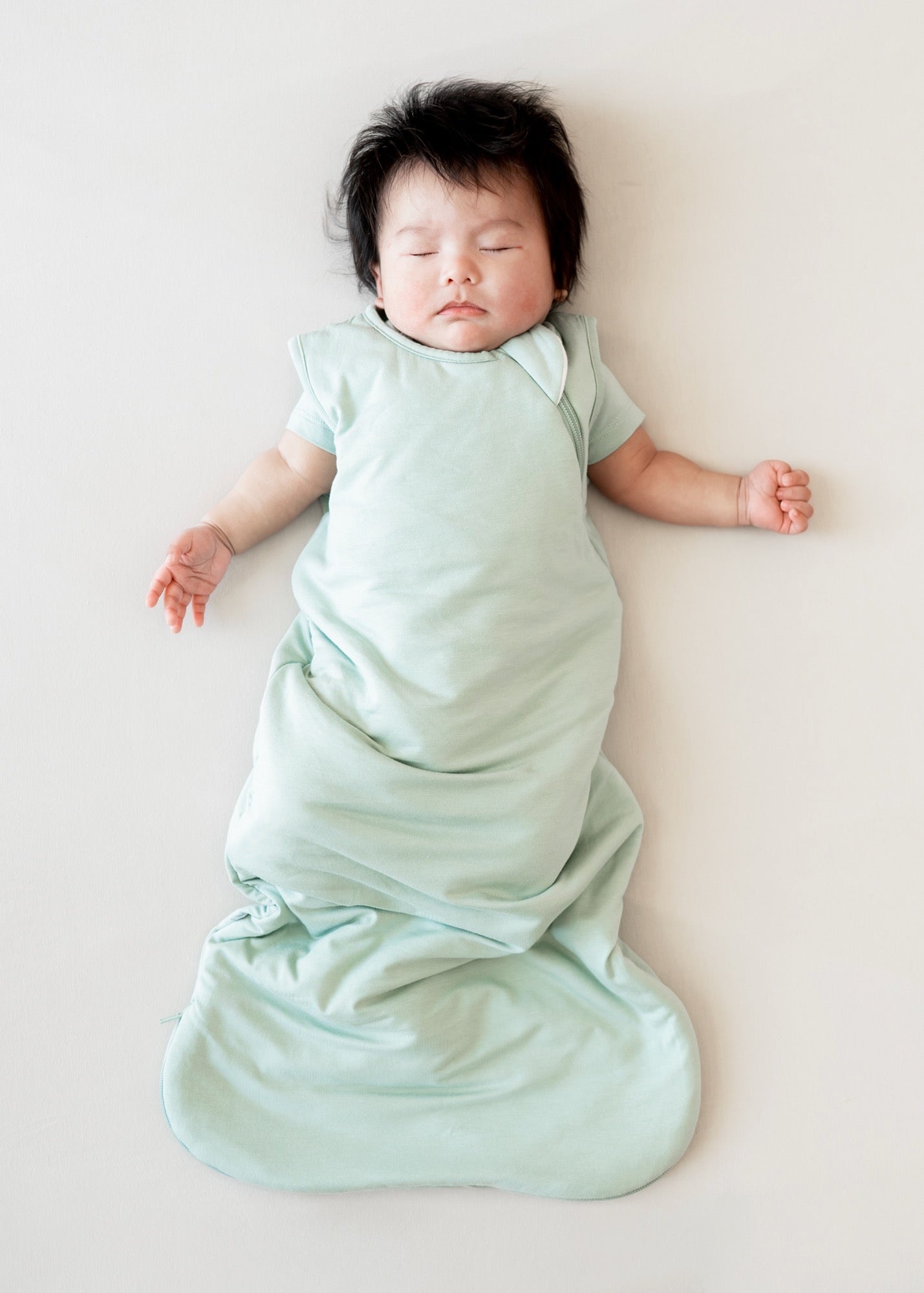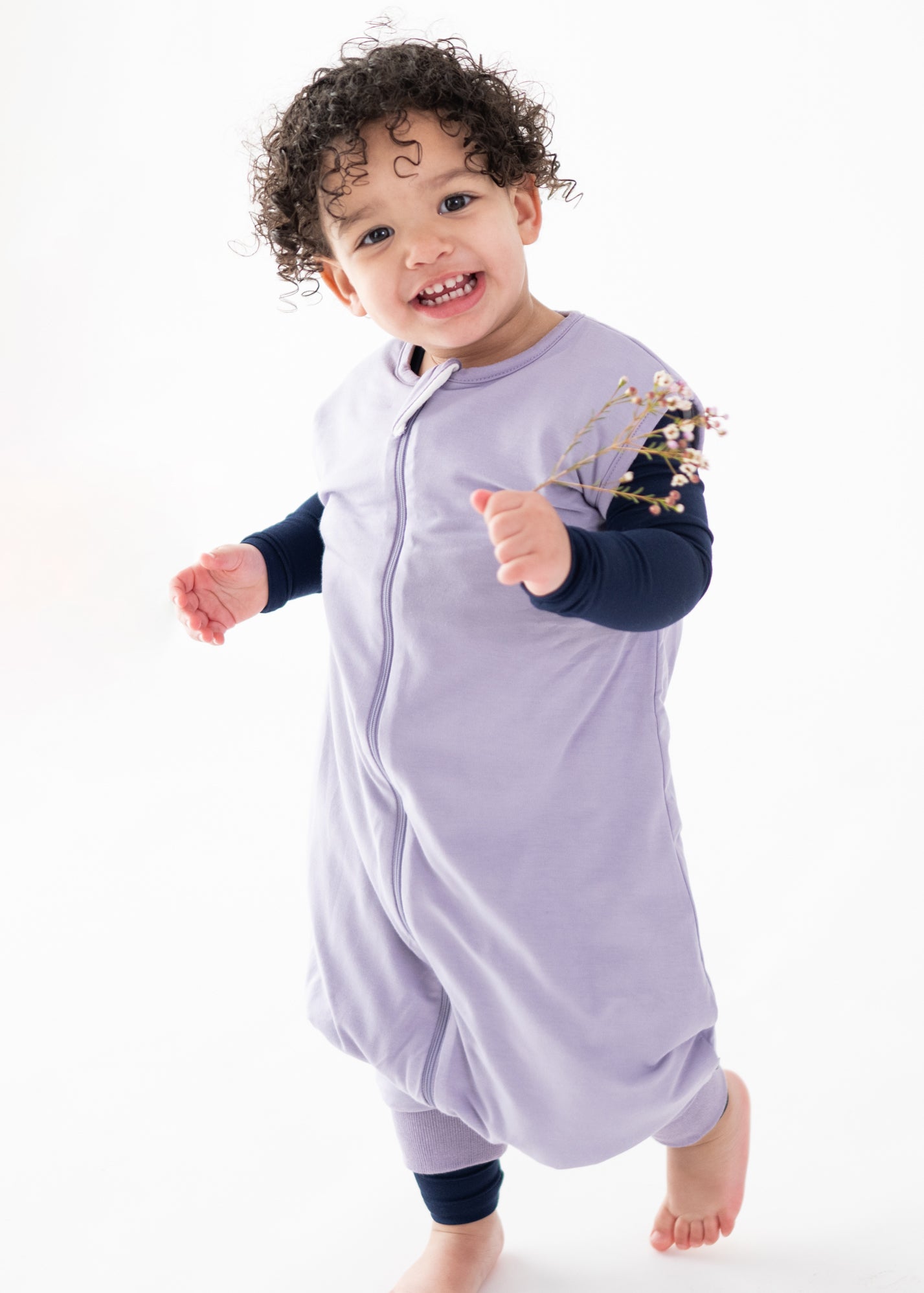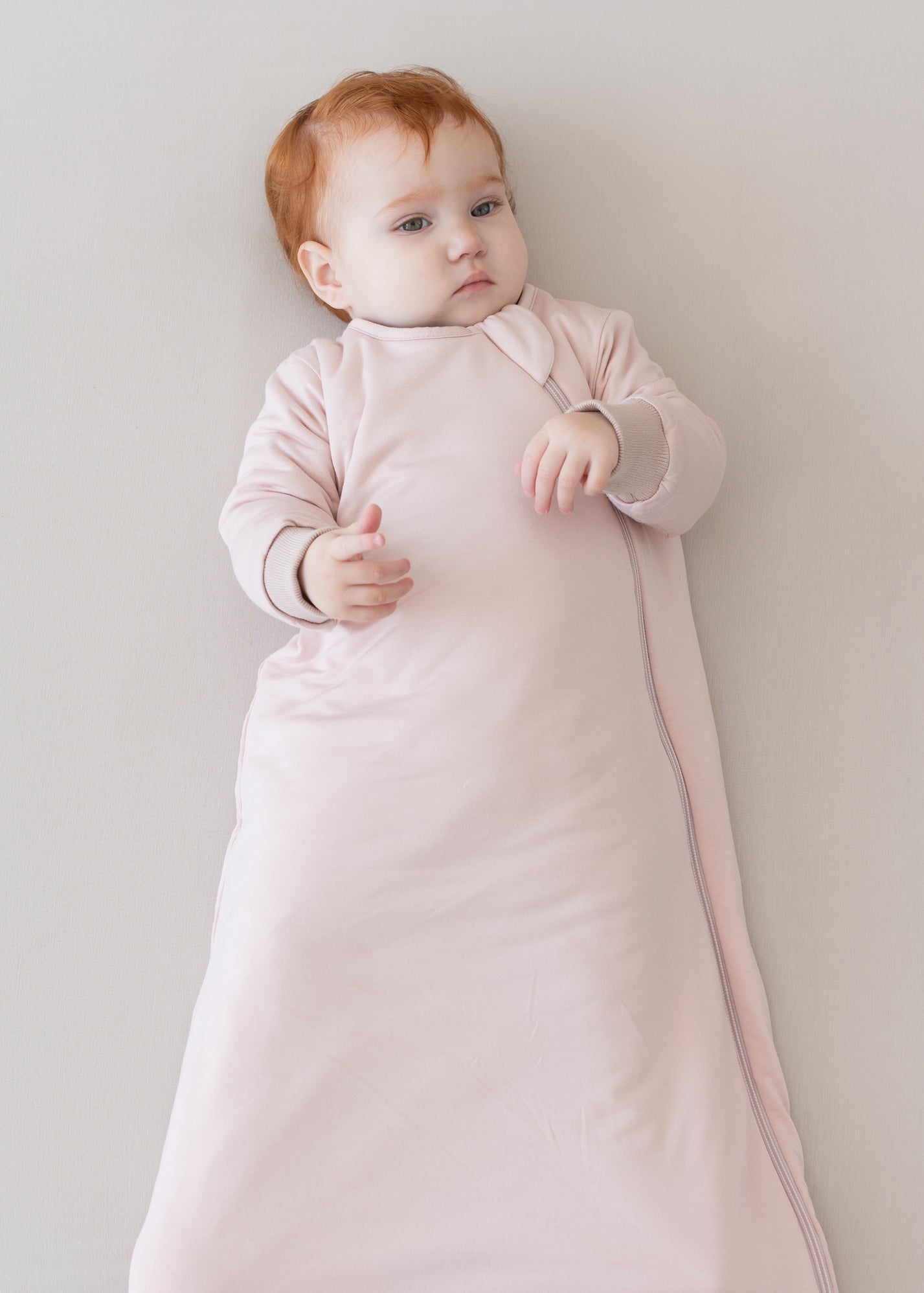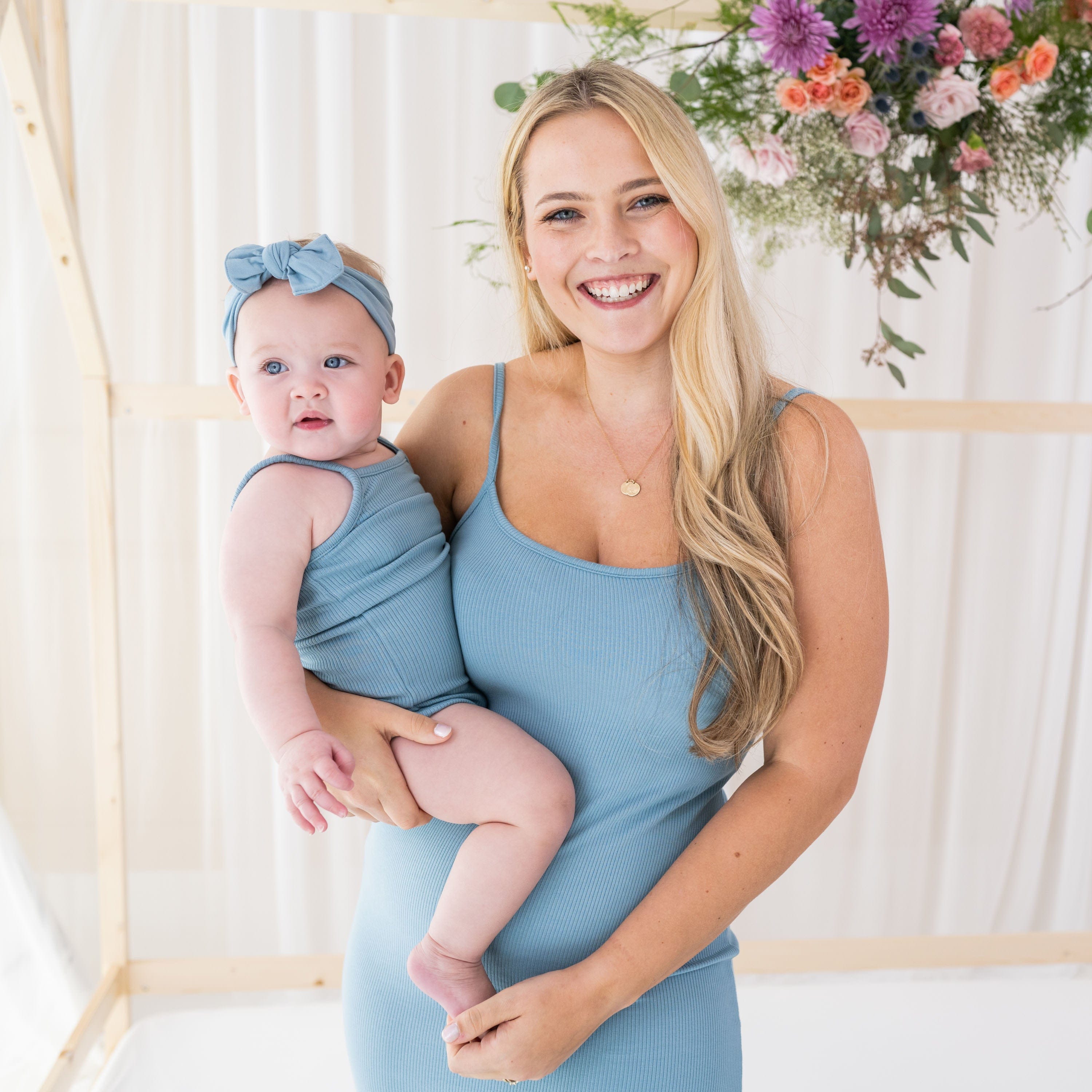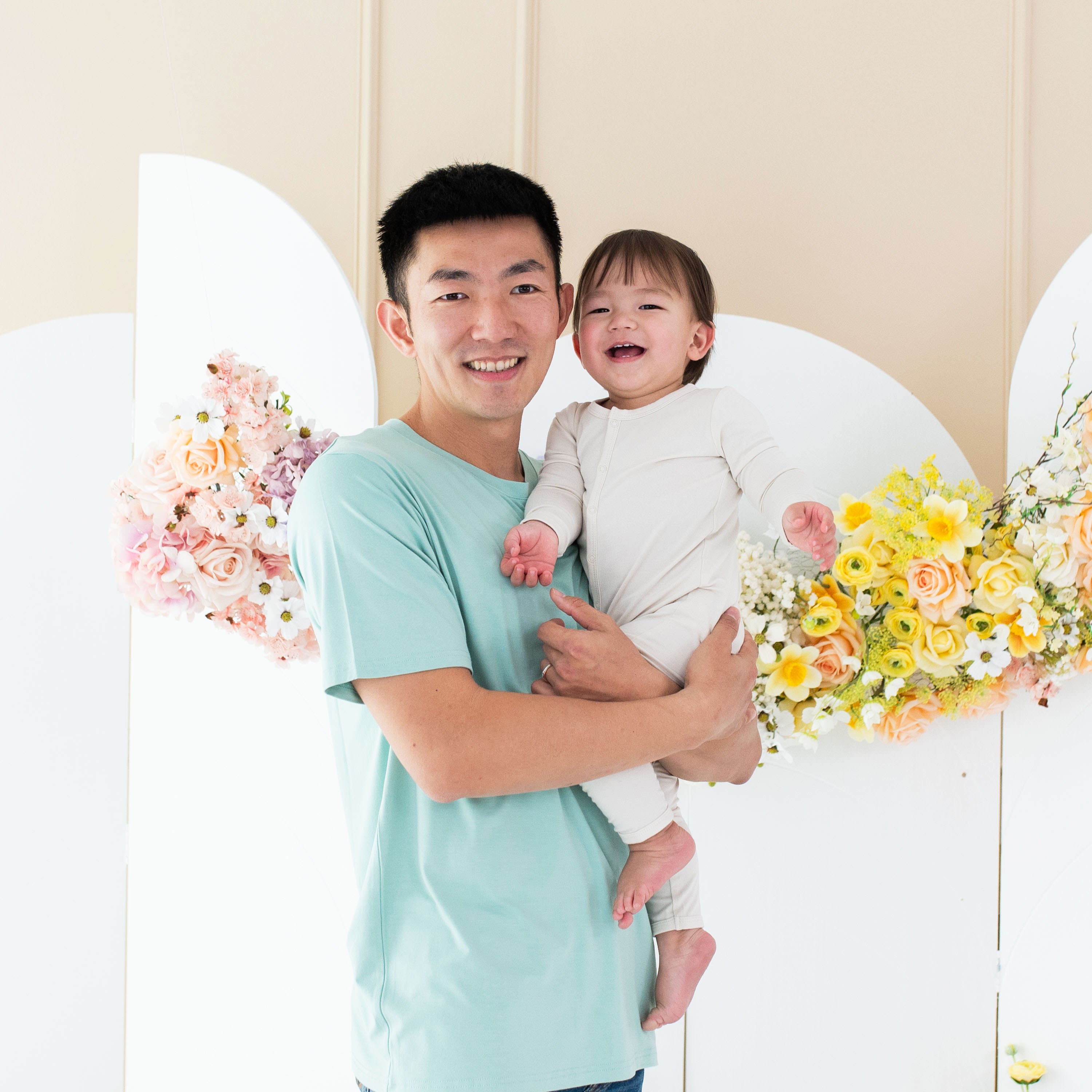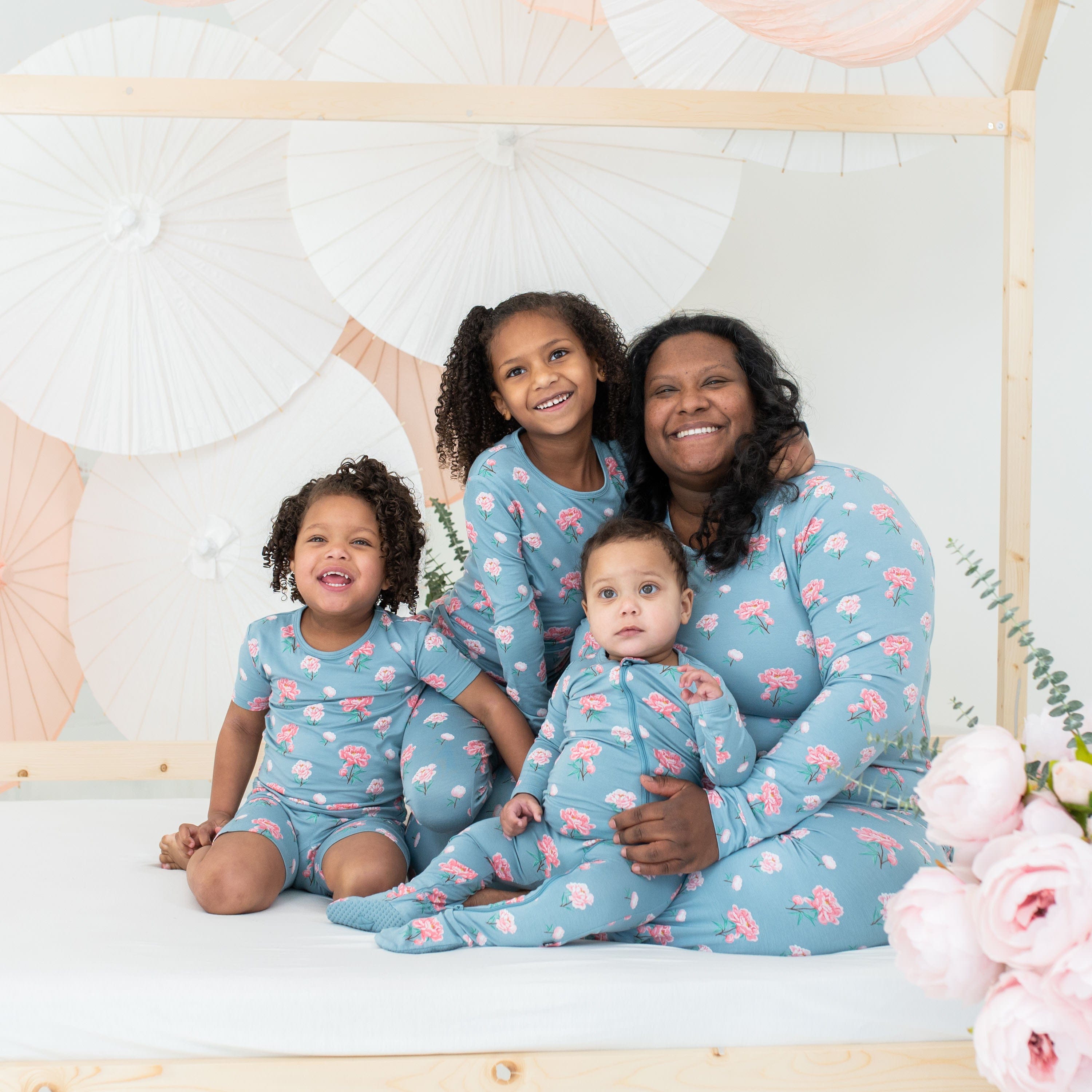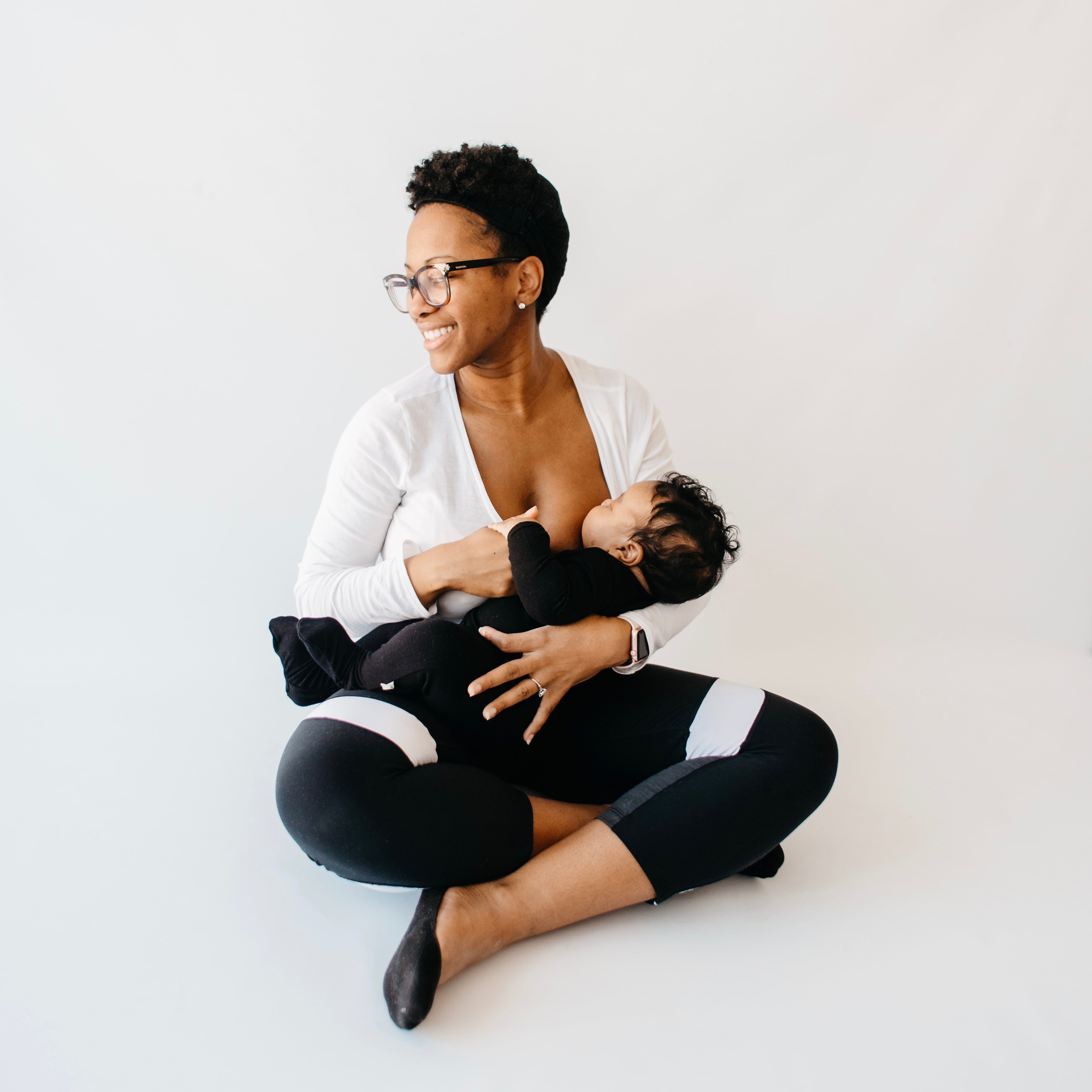
Baby eczema is a broad term for a skin condition that causes areas or patches of red, itchy, and inflamed skin on babies. The type most commonly seen on babies is atopic dermatitis. It is thought to be an overreaction of the immune system.
Babies with a family history of asthma, allergies, or eczema itself are more likely to develop it. Theories about triggers of baby eczema include various allergens, bacteria, and even genetic variations and mutations.
Between 20 and 30 percent of people with eczema have a genetic variation that compromises the outermost layer of the skin. This makes it harder for the skin to retain moisture and to keep out foreign substances. This is just one of many genes likely involved in eczema.
According to a study done by the American Academy of Pediatrics, about 10% of children are affected by eczema. They found that 85% of cases, it develops before the age of 5, but in more than half of the cases, it was present in the first year of life!
Where might eczema on baby be located? It’s typically found on their cheeks, torso, scalp, and extremities (particularly in their elbows or behind their knees/around their ankles).
Baby eczema can be very uncomfortable and disrupt everyday activities, including sleep. If you need help figuring out sleep while managing your little one’s eczema, check out this guide to sleep training.
In this blog, we will cover:
-
Baby eczema vs acne
-
How to get rid of baby eczema and what to do for baby eczema
-
Best treatment for baby eczema including baby eczema remedies, home remedies for baby eczema, best products for baby eczema, baby soap for eczema, and laundry detergent for eczema baby
-
Does baby eczema go away?
-
How often should you bathe a baby with eczema and do baths make baby eczema worse?
-
Tips for managing baby eczema
What causes baby eczema?
There is no known absolute cause for baby eczema. There are several theories and treatment can be based on a process of elimination.
For most types of baby eczema, it seems to be a combination of genetics and an environmental trigger.
According to the National Eczema Foundation, “People with eczema tend to have an over-reactive immune system that when triggered by a substance outside or inside the body, responds by producing inflammation. It is this inflammation that causes the red, itchy and painful skin symptoms common to most types of eczema.

Research also shows that some people with eczema have a mutation of the gene responsible for creating filaggrin. Filaggrin is a protein that helps our bodies maintain a healthy protective barrier on the very top layer of the skin. Without enough filaggrin to build a strong skin barrier, moisture can escape and bacteria, viruses and more can enter. This is why many people with eczema have very dry and infection-prone skin.”
Some common triggers for eczema on baby are:
- Dry skin (this makes them more prone to a flare up)
-
Irritants (things like metals particularly nickel, smoke, soaps and household cleaners, fragrances, certain fabrics like wool or polyester, antibacterial ointments, formaldehyde,
-
Isothiazolinones an antibacterial that is found in personal care products like baby wipes
-
Stress
-
Warm climates and sweating
-
Bacteria or viruses in the environment
-
Allergens
-
Hormones
Baby eczema vs acne
Babies are prone to rashes and skin issues, eczema and acne usually at the top of the list!
Baby acne, or neonatal acne, is a common skin condition that affects an estimated 20 percent of newborns. It usually resolves without treatment after a few weeks or months.
Baby acne tends to develop at around 2 weeks old, but it can appear at any point before 6 weeks. In some cases, a baby may have acne from birth. As with adult acne, breakouts of spots and pimples characterize baby acne. These tend to appear on the face, neck, chest, and back.
Scientists are unsure as to what causes neonatal acne, but they believe that overactive oil glands and testosterone may contribute to infantile acne.
Baby acne will present as white pimples or red spots. People may mistake eczema for a different type of rash on the skin. For babies under the age of 6 months, eczema will usually appear red and weepy.
Acne develops in the first 6 weeks of life and eczema typically develops around 6 months of life.
Baby acne is typically found on the baby’s forehead, chin, scalp, neck, back, and/or their chest whereas baby eczema is found on their face, cheeks, chin, scalp, and forehead then later develops on their knees and elbows. It does not typically affect their diaper area!

The American Academy of Dermatology offer the following skin care tips for babies with baby acne:
- never use acne wash or treatment unless a doctor advises it
- be gentle and avoid rubbing or scrubbing the affected areas
- use lukewarm water and avoid hot water
- avoid any oily or greasy skin care products
How to get rid of baby eczema and What to do for baby eczema
According to the American Academy of Pediatrics, there are 4 main treatment focuses for baby eczema:
Repairing and caring for the skin barrier:
For children with eczema, the skin barrier isn't holding in water well. As a result, the skin becomes dry, cracked, and itchy. Gentle skin care daily is important to improve the skin barrier. As part of this, give your child a bath every day or every other day for 5-10 minutes in lukewarm water. No soap is needed, but something gentle without a fragrance is fine for sweaty/dirty areas. Use a soft sea sponge or Kyte Baby washcloths instead of anything rough.
Pat your child's skin dry after the bath or shower and consider a Kyte Baby hooded towel. If your doctor has prescribed any topical medicines, apply these to the areas of rash (BEFORE applying any moisturizers).
Apply a moisturizer to the whole body immediately after bathing (while the skin is still damp). This helps “lock in" the moisture of the water. The thicker the moisturizer, the better it will work. Ointments such as petroleum jelly (or a similar “greasy" alternative) are good choices. Most importantly, find a moisturizer that your child likes to use. Moisturizers should be applied every day, even when the rash is gone.
Dress your child in soft fabrics like bamboo. Use mild, fragrance-free laundry detergents. Don't use fabric softeners or fabric sheets in the dryer.

Proper skincare to decrease itchiness and prevent scratching.
Try to stop your child from scratching as much as possible since scratching can make the skin feel even more itchy. Scratching can also lead to open sores which can lead to skin infections. Keep your child's nails cut short. Consider scratch sleeves for sleep.
Wet wrap treatments. Apply wet wraps AFTER bathing and applying topical medicines and moisturizers. Here's how:
- Soak a pair of pajamas or onesies in warm water.
- Wring out the pajamas until they are damp and not dripping.
- Put the damp pajamas on your child, with dry pajamas on top.
- Make sure the room is warm or provide a warm blanket, so your child doesn't feel cold.
- Keep the wet wraps on for at least a half an hour, or leave them on overnight.
Healing irritated skin with topical steroid medicines
(“Steroids" or “cortisones" are applied to the skin to heal irritated eczema rashes (inflammation).
Non-steroid eczema medicines (tacrolimus ointment, pimecrolimus cream, crisaborole ointment). These are also prescription medicines that help heal irritated eczema rashes using different active ingredients than steroids. They can be helpful on mild eczema and on delicate areas of skin, like the eyelids, armpits and groin.
Managing and preventing skin infections
Bacteria and viruses can make eczema rashes worse. It's important to watch for signs of infection.
Look for oozing, crusting, pus bumps, blisters or a worsening rash that is not getting better with your usual treatments. Be sure to talk to your doctor if you think your child's skin is infected. Infections may require antibiotic or antiviral medicines!
Best treatment for baby eczema
There is no one “right” treatment for eczema in children. What works for another child may not work for yours. You may have to go through several treatments or combinations of treatments in partnership with your doctor before you find one that helps manage your child’s symptoms. Be persistent and patient as treating eczema can take several weeks or longer before you see real progress.

Baby Eczema Remedies
The “Soak and Seal” method of treating eczema is recommended by many providers to help dry skin and reduce flares. To get the full therapeutic benefit, have your child Soak and Seal often and follow these steps in order.
“Soak and seal” is just a lukewarm bath for 10 minutes using a gentler cleanser if needed, patting the skin lightly while leaving it damp, applying topical medication as directed, then within three minutes liberally apply a moisturizer all over. Wait a few minutes to let the moisturizer absorb before dressing or applying wet wraps.
Don’t limit moisturizing to just bath time. Slather it on your child throughout the day whenever their skin starts to itch or feel dry. Try using an ointment or a cream rather than a lotion and apply it with your palms, stroking lightly in a downward direction.
Home Remedies for Baby Eczema
Coconut oil: Studies show that applying coconut oil topically reduces the amount of staph bacteria on the skin, which reduces the chance of infection. Apply coconut oil once or twice a day to damp skin. Be sure to choose coconut oils that are “virgin” or “cold pressed.” This method of oil extraction does not use chemicals, which could further irritate skin.
Sunflower oil: Sunflower oil boosts the skin’s barrier function, helping it to retain moisture. It also has anti-inflammatory properties. Apply sunflower oil to adult skin twice a day, with one of those times being shortly after bathing while skin is still wet. Avoid using sunflower oil, if you have a known allergy to sunflower seeds.
Cardiospermum: Cardiospermum is a flowering tropical vine native to India and Africa. When extracted and put into a topical ointment, cardiospermum can help reduce inflammation, itch and bacteria on the skin.
Topical vitamin B12: Topical vitamin B12 has been shown to be effective on eczema symptoms in both adults and children.
Mind-body approach: Stress is a known trigger for atopic dermatitis flares. Though the exact relationship between stress and atopic dermatitis is unknown, experts believe that when you experience a stressful situation, your body produces inflammation. And inflammation is an underlying cause of atopic dermatitis symptoms.
Aloe Vera Gel: antibacterial and antimicrobial effects can prevent skin infections, which are more likely to occur when a person has dry, cracked skin. Aloe’s wound-healing properties may soothe broken skin and promote healing.
Apple Cider Vinegar: apple cider vinegar may help with the condition. However, they recommend using caution, as the vinegar’s acids can damage soft tissue.
No research has confirmed that apple cider vinegar reduces eczema symptoms, but there are several reasons why it could help: balancing the skin’s acidity level and fighting bacteria. Always dilute before using!
Bleach baths: Although it may sound dangerous, research indicates that bleach in the bath can improve eczema symptoms due to its antibacterial and anti-inflammatory effects.
Bleach can kill the bacteria on the surface of the skin, including S. aureus, which causes staph infections. This may restore the microbiome of the skin’s surface.
Conclusions of a 2015 review indicate that bleach baths could reduce the need for topical corticosteroid or antibiotic treatments.
This is how to do a bleach bath safely.
Colloidal oatmeal: A 2015 study reports that colloidal oatmeal lotion had antioxidant and anti-inflammatory properties, resulting in improved:
- skin dryness
- scaling
- roughness
- itch intensity
According to the results of a randomized controlled trial, a colloidal oatmeal moisturizer worked better than a control.
Honey: It’s a natural antibacterial and anti-inflammatory agent, and people have used it to heal wounds for centuries.
Conclusions of a review confirm that honey can help heal wounds and boost immune system function, which means that it can help the body fight off infections. Another review states that honey is useful for treating a variety of skin ailments, including burns and wounds, and that it has antibacterial capability.
Applied directly to eczema, honey could help prevent infections while moisturizing the skin and speeding healing.
Tea Tree Oil: A 2013 review identifies anti-inflammatory, antibacterial, and wound-healing properties in the oil. It may help relieve skin dryness and itching and help prevent infections.
Best Products for Baby Eczema
When choosing products for your baby skins, try to choose creams over lotions. These are thicker and create a better skin barrier. Look for fragrance-free and avoid things with alcohol as they are more drying and irritating.
Give any new product a minimum of two weeks as the healing process takes time!

Top rated products for baby eczema include:
-
Cerave Cream (not the lotion)
-
Aveeno Baby Eczema Therapy
-
Eucerin Baby Eczema Relief Body Cream
-
Weleda Sensitive Care Face Cream
-
Mustela Stelatopia Emollient Cream
-
Babyganics Eczema Care Skin Protectant Cream
-
Vanicream Moisturizing Skin Cream
-
Triple Cream Eczema Care & Severe Dry Skin
-
Baby Dove Sensitive Moisture Lotion
-
MG217 Eczema Baby Therapeutic Moisturizing Cream & Skin Protectant
-
Tubby Todd All Over Ointment
- Pinxav
Baby Soap for Eczema
Here are some soap options for your little one’s with eczema:
- Cerave eczema soothing body wash
- SheaMoisture African Black Soap
- Puracy
- Aveeno Natural Oat Extract
- Cetaphil Restoraderm Pro Calming
- TruBaby Eczema Soothing Unscented
Laundry Detergent for Eczema Baby
-
Seventh Generation Natural Laundry Detergent — Free & Clear
-
Making your own laundry detergent with washing soda and borax
-
Tide Free & Gentle, Clorox 2 Free and Clear, Clorox Gentle Bleach
-
Purex Natural Elements
-
ECOS Free & Clear
Does baby eczema go away?
Most children will outgrow eczema in childhood! This doesn’t mean they are cured, but as long as their skin is taken care of, it will flare up less over time.
How often should you bathe a baby with eczema and do baths make baby eczema worse?
Most providers suggest bathing everyday or every other day in order to continue getting moisture into the skin!

Tips for Managing Baby Eczema

-
Avoid dressing your child too warmly; make sure you use the proper TOG rating and layer appropriately with bamboo clothing underneath
-
Use mittens when awake to prevent baby from scratching
-
Apply moisturizers frequently throughout the day
-
Protect their skin from cold weather
-
Use fragrance free and alcohol free baby wipes
-
Consider using a milk bath once or twice a week
-
Massage with moisturizer after your baby bedtime routine
Unfortunately, there is no cure for baby eczema, but people can often manage their symptoms with home remedies, including natural gels and oils, medicated baths, and dietary changes. There are several reviews from families who have switched to bamboo clothing due to eczema with positive results! The natural fibers and breathability do wonders for itchy, flared up skin.
In fact, it’s the whole reason Kyte Baby was created. You can read about that story from the founder of Kyte Baby.
If baby eczema is severe or does not respond to home treatments, it may be a good idea to see a doctor. Do so right away if a child or baby develops a new rash. A doctor may prescribe steroid creams or other prescription medicines to treat the inflammation.
Remember that without a cure for baby eczema, you can only manage the symptoms!
AUTHOR:
Ashley Olson is a certified pediatric sleep consultant, owner of Heaven Sent Sleep, and passionate about helping new parents, experienced parents, desperate and sleep deprived parents form healthy sleep habits for their children.
She has over 3 years of experience in working with families and has completed over 150 hours of coursework plus continuing education related to infant and toddler sleep. The focus of her work is on fostering a routine that grows your bond with your child while improving their sleep habits. She specializes in custom sleep plans and one on one support in changing sleep practices!
